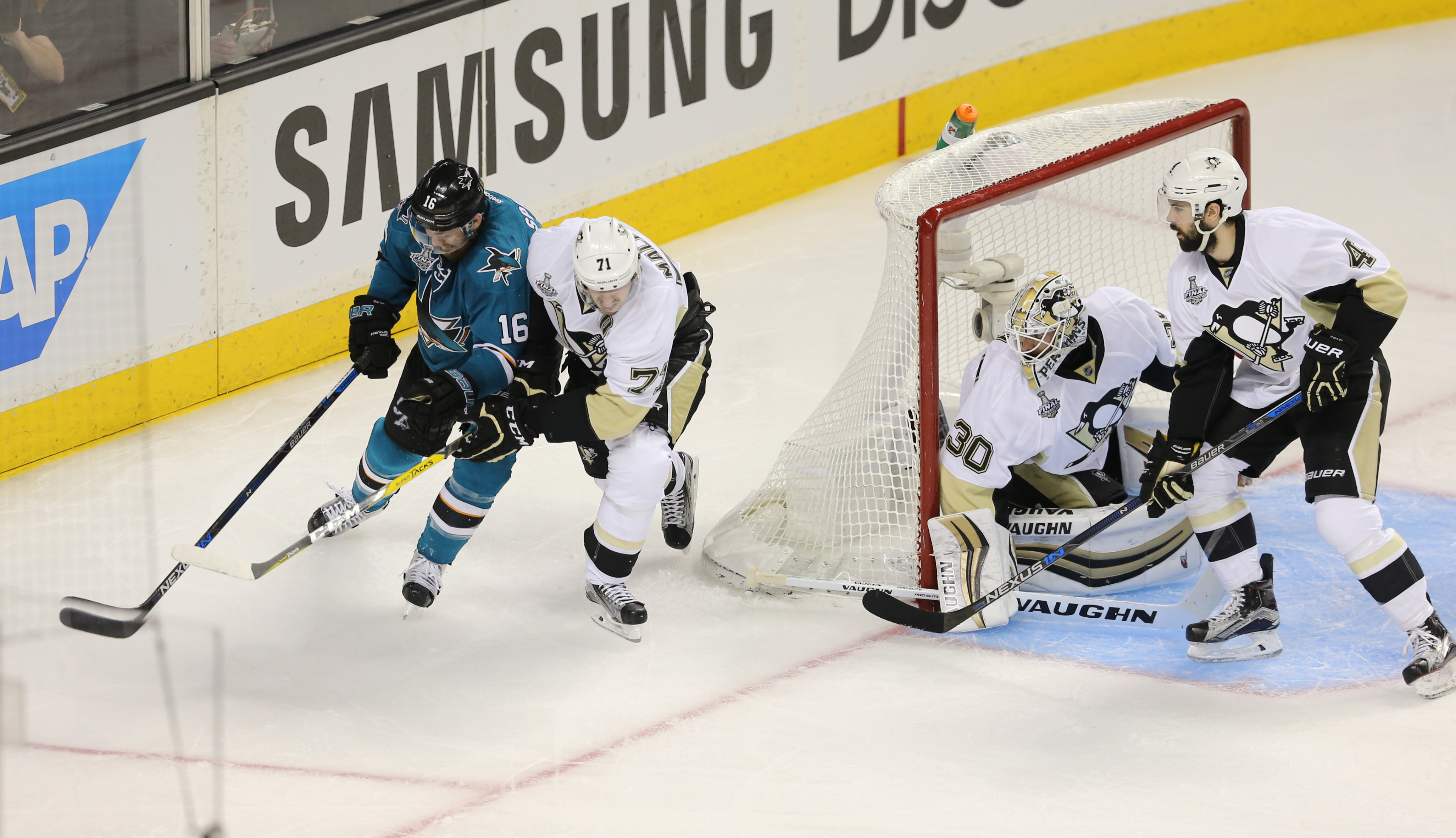SAN JOSE — Praise was heaped upon Joonas Donskoi after the San Jose Sharks rookie forward scored the game-winning goal in in a 3-2 overtime victory in Game 3 of the Stanley Cup Final.
![6-5-16-murray [image : 85457936]](http://www.gannett-cdn.com/media/2016/06/05/USATODAY/USATODAY/636007463609406304-USATSI-9324995.jpg)
It gave the Sharks their first-ever win in the Stanley Cup Final and cut the Pittsburgh Penguins’ lead to 2-1. But how it was scored — over the shoulder of Penguins goalie Matt Murray from a bad angle — also needs some examination.
“Too many goalies are staying in the RVH too long,” NHL Network analyst and former NHL goalie Kevin Weekes told USA TODAY Sports when asked about Donskoi’s goal.
RVH stands for reverse vertical horizontal, a maneuver that’s gained traction at all levels of hockey, but especially in the NHL. The reason: The NHL made the nets shallower before the 2013-14 season and players can now wrap the puck around from the back of the net easier.
![Doonskoi [embed : 85457564]](/Portals/_default/Skins/PrestoLegacy/CommonCss/images/embed.jpg)
The response was the RVH, where goalies are on their knees with their skate blade against the post to combat those stuff attempts. But goalies get in trouble — like Murray said may have been the case in Game 3 — when they stay on their knees when the puck is further from the net, creating a space over their shoulders, which is where Donskoi scored his goal.
![Martin Jones acquisition has a chance to be a special one for Sharks [oembed : 85458070] [oembed : 85458070] [oembed : 85458070] [oembed : 85458070] [oembed : 85458070] [oembed : 85458070] [oembed : 85458070] [oembed : 85458070] [oembed : 85458070] [oembed : 85458070]](/Portals/_default/Skins/PrestoLegacy/CommonCss/images/smartembed.png)
“There’s always something you could’ve done differently,” Murray said on Sunday. “I saw the replay for sure. I think if I was a little more upright, he wouldn’t have gotten it over my shoulder. I think he also go lucky with a rolling puck.”
Los Angeles King goalie Jonathan Quick is credited for making the RVH a go-to move as he utilized it en route to two Stanley Cup titles over the last five seasons.
“It certainly works for Quick, but not every goalie is athletic as he is,” said Corey Hirsch, a former NHL goalie and Sportnet hockey analyst. “The problem is that once you get beyond about three feet from the net, holes open up.”
Murray allowed a similar goal in the second round to Washington Capitals forward Justin Williams in Game 6. Such goals have been one of only a handful of hiccups for the 22-year-old rookie netminder, who has a .924 save percentage in the playoffs.
Still, Darren Hersh, who runs a goalie school in suburban Washington D.C., said goalies would be better suited to limit the use of the RVH or avoid it all together.
“It breaks some cardinal rules of goaltending, the first being that you never want to make the first move,” Hersh said. “There’s times, of course, where you can’t react, which is why tactics like the RVH exist. The issue becomes when goalies rely on it and use it all the time when there's no need. The proper approach, in a lot of these goals, is to be upright and mobile so you can react.”
![Best of the Stanley Cup Final: Penguins vs. Sharks [gallery : 85175988]](http://www.gannett-cdn.com/-mm-/3e9db19c7ab9e043f5a1b99629637e20f2f3f7fd/c=179-0-2758-2204/local/-/media/2016/05/31/USATODAY/USATODAY/636002518731939741-USATSI-9317390.jpg)


